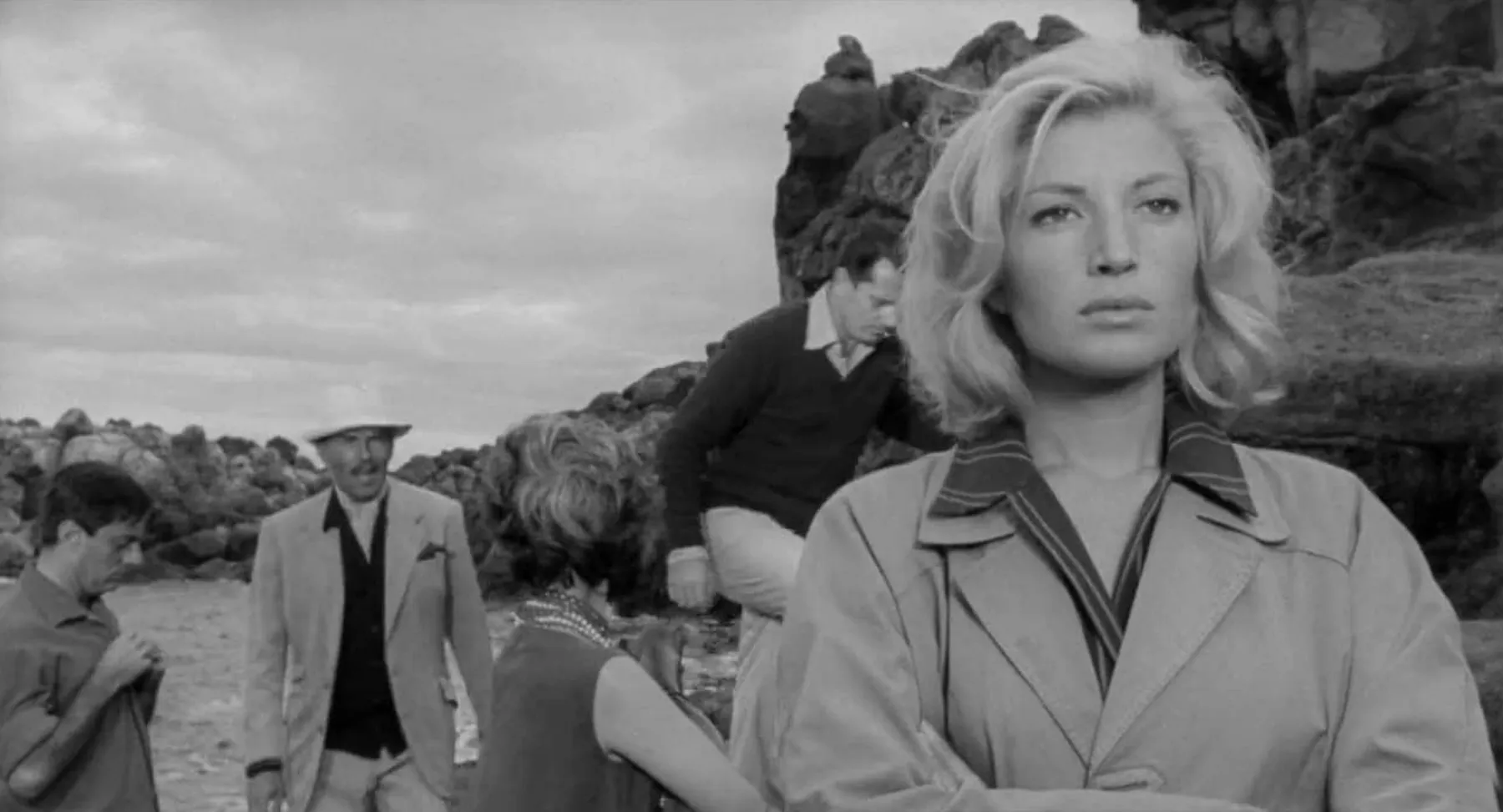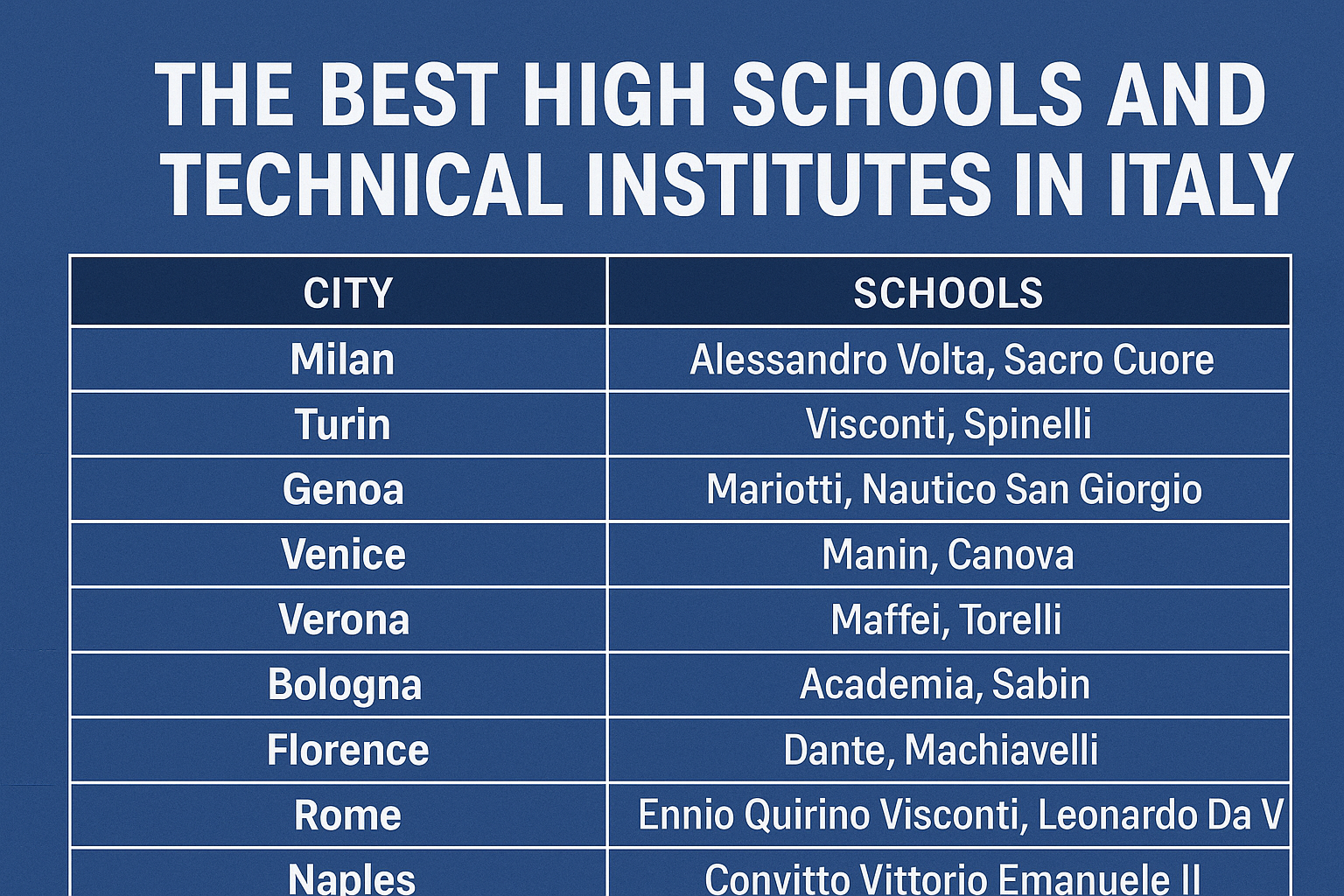
Italian cinema between the 1950s and 1970s is often defined by the unique visions of its pioneering directors, who transcended traditional genre boundaries to create some of the most iconic and stylistically groundbreaking films in cinematic history. This era, shaped by the introspective and philosophical works of filmmakers such as Michelangelo Antonioni, Federico Fellini, Roberto Rossellini, Vittorio De Sica, and Luchino Visconti, is often characterized as a “director’s cinema.” Each of these directors brought distinctive themes, visual styles, and storytelling techniques that deeply influenced global cinema, often focusing on existential questions, psychological realism, and the complexities of Italian society. This movement would eventually taper off with the death of Federico Fellini in 1993, marking the end of an era.
Michelangelo Antonioni: The Master of Existential and Psychological Exploration
Michelangelo Antonioni’s work is celebrated for its unique focus on existential themes, psychological depth, and the inner lives of his characters. Unlike traditional narrative cinema, Antonioni’s films emphasize mood, isolation, and the nuances of human relationships over plot-driven storytelling.
•Early Works and Themes: Antonioni’s notable early films, such as Le amiche (1955) and Il grido (1957), set the stage for a new approach to storytelling that was introspective and intellectually challenging. His films shifted the focus away from action and plot to capture the subtle, often painful struggles of his characters.
•The Alienation Trilogy: Antonioni reached international acclaim with his “Alienation Trilogy”: L’avventura (1960), La notte (1961), and L’eclisse (1962). These films are known for their slow pace, minimalist dialogue, and meditative visual style, which delve into themes of detachment, existential ennui, and the complexities of modern relationships. The trilogy was groundbreaking in its presentation of characters who experience profound disconnection from their surroundings and relationships, reflecting Antonioni’s fascination with the disorientation of modern life.
•International Success: Blow-Up (1966), Antonioni’s first English-language film, marked his entrance into the international film scene. This psychological thriller set in 1960s London explores themes of perception, reality, and the role of the artist in society. With Professione: Reporter (1975), he continued to explore complex human emotions and existential struggles, solidifying his reputation as a director who could balance intellectual rigor with visual beauty.
Federico Fellini: The Dreamer of Italian Cinema
Federico Fellini remains one of the most celebrated filmmakers not only in Italian cinema but worldwide. Known for his surreal, visionary style, Fellini’s films blend elements of fantasy, autobiography, and social satire, creating a cinematic universe uniquely his own.
•Early Works and Collaborations: Fellini’s early successes, including I vitelloni (1953), La Strada (1954), and Le notti di Cabiria (1957), were deeply humanistic, capturing the essence of post-war Italy and the lives of ordinary Italians. La Strada introduced the unforgettable character of Gelsomina, played by Giulietta Masina, and established Fellini as a master of character-driven storytelling.
•La Dolce Vita and Iconic Imagery: With La dolce vita (1960), Fellini reached new heights of fame. The film’s depiction of Rome’s high society and the search for meaning amidst hedonism resonated worldwide, symbolized by the iconic scene of Anita Ekberg in the Trevi Fountain. This image became an enduring emblem of Italian cinema.
•8½ and Cinematic Experimentation: 8½ (1963) marked a turning point in Fellini’s career as he delved into more surrealistic and introspective territory. Often regarded as one of the greatest films ever made, 8½ explores the creative process of a director, mirroring Fellini’s own artistic struggles and personal reflections. This film began a period of experimental works that included Satyricon (1969), Amarcord (1973), and Il Casanova di Federico Fellini (1976), each an imaginative exploration of memory, myth, and the surreal.
•Collaboration with Nino Rota and Cesare Zavattini: Fellini’s films were also brought to life through his collaboration with composer Nino Rota, whose hauntingly whimsical scores became integral to Fellini’s cinematic language. Rota’s music, along with the creative input of writer Cesare Zavattini, added layers of depth and emotional resonance to Fellini’s narratives.
Luchino Visconti: The Aesthete and Chronicler of Italy’s Aristocracy
Luchino Visconti, known for his opulent visual style and deep psychological insight, brought an unmatched grandeur to Italian cinema. His films explored themes of decadence, class, and the decline of aristocratic values, with a meticulous attention to detail and historical authenticity.
•Neorealism to Aristocratic Tragedies: Visconti’s early works, such as Ossessione (1943) and La terra trema (1948), are often considered foundational to the Italian neorealist movement, emphasizing the struggles of working-class Italians. However, Visconti soon transitioned toward exploring the inner lives of the aristocracy, imbuing his films with a sense of tragic grandeur.
•Senso and Italian Romanticism: In Senso (1954), Visconti combines his fascination with historical themes and romantic tragedy. Set during the Italian-Austrian conflicts of the 19th century, the film examines betrayal and passion through the lens of Italy’s political upheavals, showcasing Visconti’s ability to blend historical and personal narratives seamlessly.
•Masterpieces of Psychological Complexity: Visconti’s Rocco e i suoi fratelli (1960), Il Gattopardo (1963), and Morte a Venezia (1971) remain among the most compelling works of Italian cinema, each exploring human frailty and the passage of time. Il Gattopardo, adapted from Giuseppe Tomasi di Lampedusa’s novel, is a lush portrayal of a Sicilian prince struggling to adapt to societal change. Visconti’s later work, Ludwig (1973), continues this examination of aristocratic downfall, focusing on the eccentric and tragic life of King Ludwig II of Bavaria.
Roberto Rossellini and Vittorio De Sica: Innovators and Pioneers of Neorealism
While Roberto Rossellini and Vittorio De Sica were known as central figures in Italian neorealism, the 1960s and 1970s saw both directors branching into new directions, balancing innovation with changes in Italian cinema.
•Rossellini’s Documentaries and Television: After his seminal works in neorealism, such as Rome, Open City (1945) and Paisan (1946), Rossellini began to focus on more personal and experimental projects. In the 1960s, he turned his attention to documentaries and television, creating a series of historical and biographical films that reflected his fascination with educational storytelling.
•De Sica’s Acting Career and Later Films: Vittorio De Sica, renowned for neorealist classics like Bicycle Thieves (1948) and Umberto D. (1952), found success as an actor during the 1960s and 1970s, appearing in popular Italian and international films. However, he also continued to direct, crafting films such as Yesterday, Today and Tomorrow (1963) and The Garden of the Finzi-Continis (1970), which won the Academy Award for Best Foreign Language Film. De Sica’s later films, though more mainstream, maintained his signature empathy and humanism.
Conclusion
The golden age of Italian cinema, led by visionaries such as Antonioni, Fellini, Visconti, Rossellini, and De Sica, left an indelible mark on world cinema. Their explorations of human nature, society, and existential themes challenged traditional narrative structures and inspired future generations of filmmakers. Each of these directors brought unique perspectives, whether through Antonioni’s existential explorations, Fellini’s fantastical vision, Visconti’s historical elegance, or the humanism of Rossellini and De Sica. Their collective contributions reflect a rich period in film history, one that remains revered and influential well into the 21st century.
Italian Dating & Chat for Italian Singles

Virtually meet thousands of like-minded Italian singles and connect at lightning speed; on desktop, tablet, and your beloved phone. Chat into the wee hours of the night if you’d like. Post photos, share your interests and dreams-we’ll help you look your best while you do it.Here we make it easy to meet Italian singles and feel things out first so when you do go on that first date, or meet for espresso, you can relax and be yourself. Try it now!





